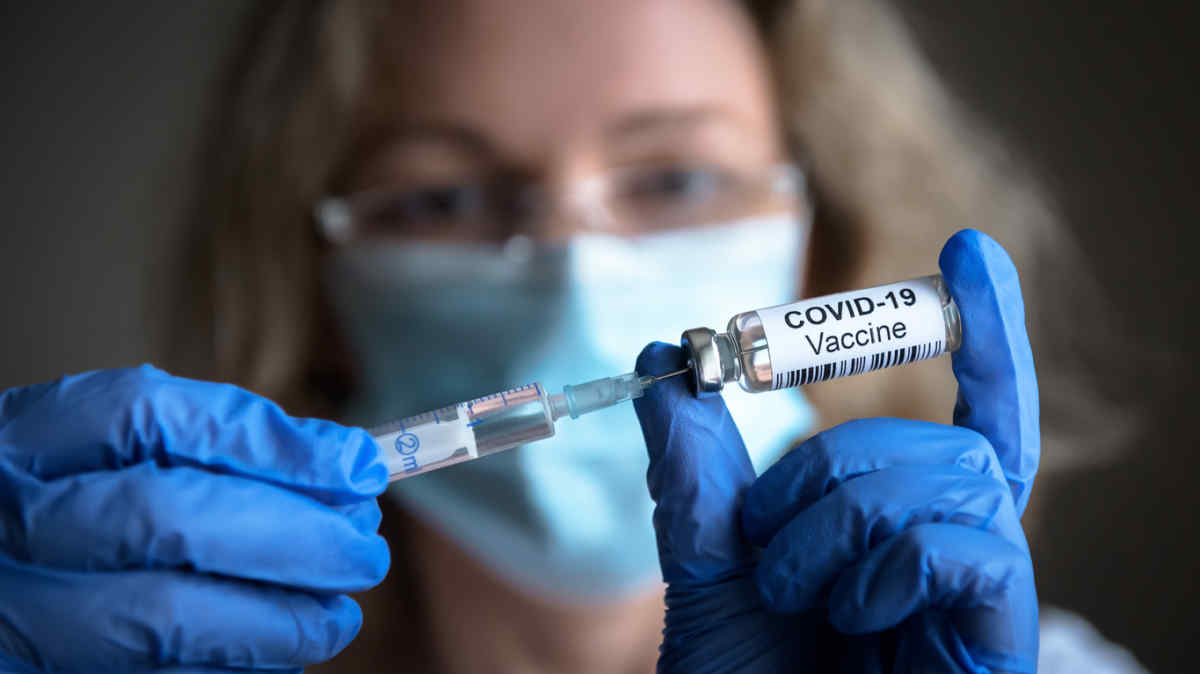
The recent article “Impact of population mixing between vaccinated and unvaccinated subpopulations on infectious disease dynamics: implications for SARS-CoV-2 transmission” published in the Canadian Medical Association Journal has gotten a lot of medical and societal attention.In an attempt to simulate one’s COVID-19 infection risk across various patterns of interactions with both vaccinated and vaccine-free individuals, the article employs unproven and subjective mathematical models. The author comes to the conclusion that people who refuse to get vaccinated harm the health of others.”Under all [population interaction] assumptions, the risk of infection [is] markedly higher among unvaccinated people than among vaccinated people.”As I will show, such an assertion is incorrect and clearly biased.

This article contains numerous egregious assumptions and glaring omissions. This duplicitous study:• Makes use of problematic mathematical modeling as a stand-in for real-world data.• Exaggerates vaccine efficacy against symptomatic infection• Exaggerates the likelihood of transmission (secondary attack rate)• Underestimates the proportion of unvaccinated people who have effective and robust natural immunity.• Ignores the waning immunity provided by vaccines.• Is published by a lead author who has multiple and significant conflicts of interest in relation to COVID-19 vaccines.
First, throughout the COVID-19 response, inaccurate mathematical modeling (aka computer modeling) has been frequently used to justify lockdown measures while promoting unscientific public health edicts. To date, I have yet to see any real accuracy or public health benefit from the numerous computer-modeled declarations or the policies they generate.
Following that, the authors used a fictitious range of vaccine effectiveness against symptomatic infection of 40-80%. This represents an upper bound limit of 80% seen in some Delta variant data and a lower bound limit of 40% assumed months before any real-world early Omicron variant data.
These assumptions are inconsistent with the medical community’s current data. The vaccine’s effectiveness against Omicron symptomatic infection ranges from 0% to 75%, with the range being independent of vaccine type, time since primary series, and time since booster (s).In terms of transmission, the author grossly exaggerates vaccines’ ability to reduce the risk of SARS-CoV-2 virus transmission. The most up-to-date information from the publication United Kingdom COVID-19 Vaccine Surveillance Report Week 16 (April 21, 2022) confirms a vaccine efficacy of 0-25 percent in reducing SARS-CoV-2 transmission at all time periods since a booster dose. Current evidence suggests that COVID-19 vaccines are ineffective at lowering the risk of disease transmission.








